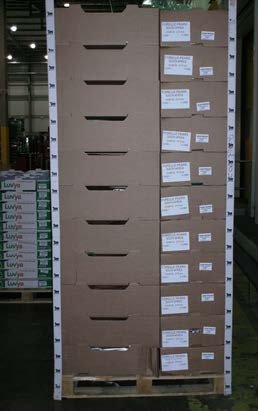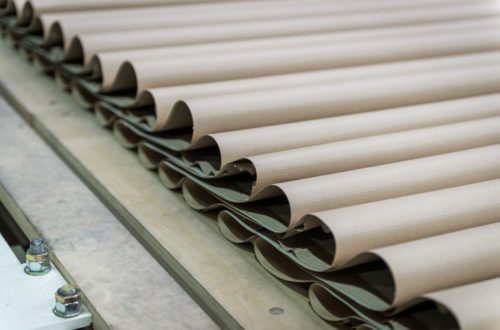Latest News

The UK Corrugated Packaging Industry is making significant strides to help streamline logistics operations thanks to the introduction of new grades of paper, says the Confederation of Paper Industries (CPI).
Novel technologies allow the reduction of paper weights, while keeping the same strength ratio for stacking purposes. Further advances involve optimising secondary packs for more efficient palletisation, which can help manufacturers utilise lorry and storage space more efficiently.
Investments in papermaking technology and manufacturing techniques have improved the strength characteristics of corrugated board, providing versatile packaging which not only has the required stacking strength but also product protection in the supply chain, shelf appeal and space efficiency.
Logistics professionals will welcome savings in the supply chain through solutions that maximise storage and can reduce transport costs. Corrugated packaging has evolved by using the latest available technology in papermaking to improve the strength characteristics of corrugated board.
This focus on maximising space has resulted in innovation and technological advances by the Corrugated Industry in structural design which has seen a typical reduction in paper weight for a medium fluting grade to 110gsm in 2015 compared to 140gsm in 2008 without affecting the stacking strength. These efficiencies are set to continue as processes in paper production are improved still further.
Meanwhile, secondary pack optimisation means that manufacturers who adopt a very slight change, such as an orientation of 3×2 instead of 2×3 for transit packaging, can save significant amounts of material.
Boxes need to be designed to fill lorries from floor to roof. Corrugated can adapt itself to product after product – no other packaging material has this flexibility, which can help businesses maximise their supply chain efficiencies.
CPI’s Director of Packaging Affairs, Andy Barnetson, said: “Papers are stronger and lighter than ever before, optimising material use for pallets can also make significant space savings. Structural design modifications to minimise stress on the packs when being stacked, lifted and carried are rigorously tested.
“There is a certain compromise that has to take place so part of the industry’s approach is to consider the whole supply chain, using the technologies available to make the units the best possible fit for both pallet and shelf.”
The Corrugated Industry is focused on producing packaging that helps utilise storage, lorry and shelf space. By engaging with corrugated suppliers, logistics managers can take advantage of this extremely space-efficient packaging which is leading to better use of pallets, resulting in fewer vehicles on the road.


more news

Corrugated Packaging Ideal for the Fast Changing Retail Environment



